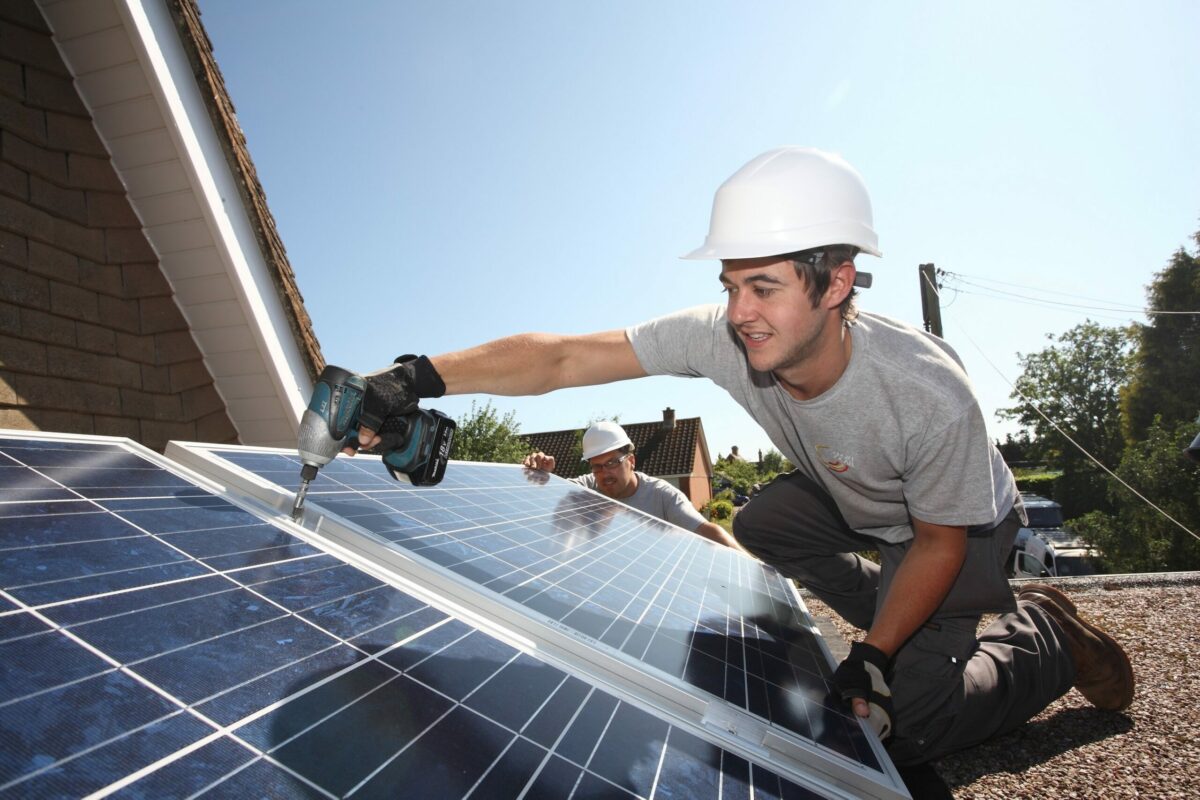
Image: SunGift.
The government expects its proposed Smart Export Guarantee to have a positive, albeit notional impact on domestic solar deployment it has said.
Yesterday the Department for Business, Energy and Industrial Strategy unveiled its proposals for a replacement mechanism for the export tariff, the Smart Export Guarantee (SEG), which will legislate for large energy suppliers purchasing power exported from small-scale renewable generators.
It will be down to the suppliers to determine the price paid for power and the lengths of contracts, but the proposals ensure that small-scale renewables will receive remuneration for any power they export to the grid.
An impact assessment accompanying the proposals includes illustrative deployment trajectories, split across two scenarios, showing how the government considers small-scale renewable deployment could be affected by the introduction of the SEG against the counterfactual case of no new mechanism.
Scenario one assumes that the SEG incentivises increased deployment from renewables that can’t achieve high levels of self-consumption, meaning that they cannot deploy without a guaranteed export payment in place. This would mean that only generators that can produce power at low Levelised Cost of Electricity (LCOE) factors could deploy, meaning that overall deployment would remain relatively low in the government’s assessment.
Scenario two however assumes generators that can achieve higher levels of self-consumption are incentivised to increase deployment by the implementation of the SEG, meaning that plants that cannot achieve low LCOEs can increase deployment factors even further.
The government is keen to stress that its illustrative trajectories are not strictly forecasts, but under its trajectories small-scale solar deployment increases marginally.
Scenario two – the scenario under which deployment increases the most – suggests that between 2019 and between 2026 between 11.1MW and 12.5MW of additional solar capacity could be added each year.
Scenario one would suggest additional deployment of around 25% of that figure, placing small-scale solar installations of between 3.1MW and 3.5MW each year between 2019 and 2026.
This would suggest that while the implementation of the SEG would guarantee generators payment for exports, it is not expected to have a material impact on deployment patterns.
A similar impact statement published alongside the government’s confirmation that the feed-in tariff would be closed to new applicants in its entirety from 31 March 2019 revealed that deployment could fall from ~210MW each year to just ~40MW.
Meanwhile the government has once again suggested that while increased deployment would have a tangible impact on employment levels in the sector, the various factors contributing to employment make it too difficult for the government to quantify.

